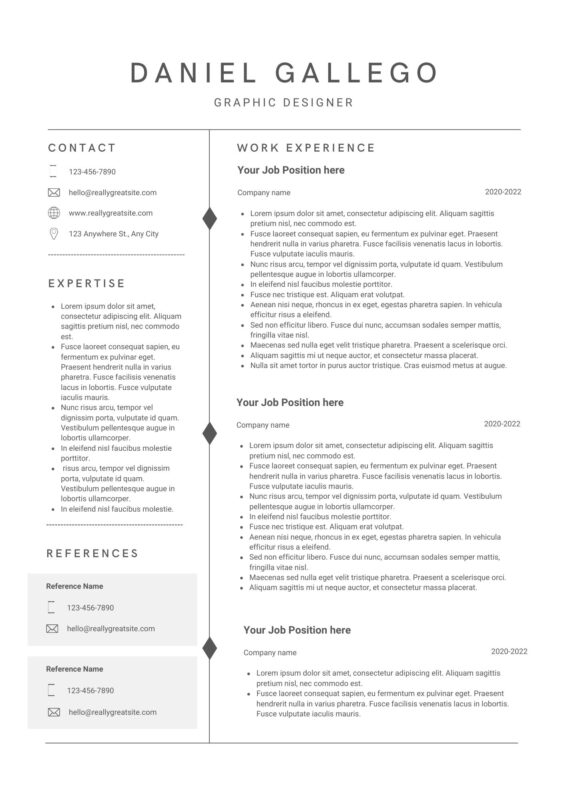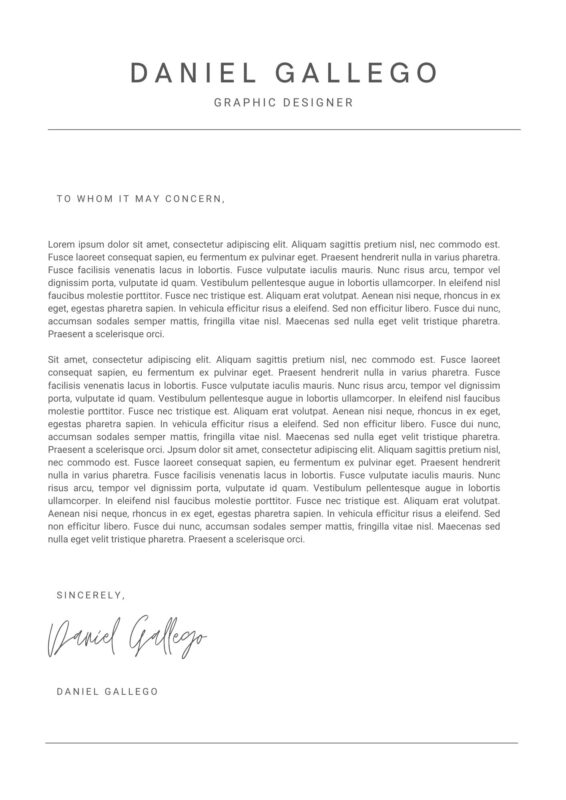So, you’re on the brink of applying for your dream job, but the ominous task of creating a resume looms ahead. Fear not, for we have time-travelled into the past to bring you a comprehensive guide on how to build a simple resume that will captivate hiring managers and increase your chances of landing that coveted job. In this article, we will delve into key sections, providing valuable insights on how to write a simple resume and offering tips on crafting an effective simple resume template.
1. Name and Contact Information:
Let’s start at the beginning – the first section of your resume should include your name and contact information. Include your phone number for direct contact in case of an interview. However, if posting your resume online, consider excluding your phone number to avoid spam. Additionally, showcase your online presence by including a website and portfolio if applicable. This provides hiring managers with tangible examples of your work, a crucial element in standing out.
2. Work Experience:
Undoubtedly, the work experience section is a vital aspect of your resume. Tailoring your resume to each job application is essential, emphasizing the most relevant experience first. For new graduates or students, it’s crucial to showcase the most pertinent experiences related to the job you’re applying for. Remember, hiring managers spend an average of six seconds reviewing a resume, so make those seconds count.
When listing job descriptions, focus on achievements rather than duties. Quantify your accomplishments with numbers where possible. This approach grabs attention and provides concrete evidence of your contributions. Overcoming the ‘experience paradox’ can be achieved by showcasing independent projects and initiatives, demonstrating your proactive approach to skill development.
3. Education:
The education section is a key component, but its placement depends on your circumstances. For recent graduates or those in college, highlighting academic achievements might be beneficial. However, as your work experience becomes more impressive, consider placing it after your work experience section. Regarding GPA, follow the general rule: if it’s 3.2 or above, include it; otherwise, leave it out to avoid potential red flags.
4. Skills Section:
The inclusion of a skills section is crucial for specific certifications or technical skills relevant to the job. This section aids in passing through applicant tracking systems that scan for key terms. However, avoid generic skills like “hard worker” or “good communicator.” Instead, focus on specific technical skills and certifications relevant to the job you are applying for.
5. Extracurriculars and Awards:
Extracurricular activities and awards serve as a non-pathetic way of showcasing traits like a strong work ethic, adaptability, and leadership potential. Highlighting clubs, organizations, leadership roles, and accolades demonstrates a well-rounded individual, making you a more appealing candidate.
Simple resume template Examples
Conclusion:
Crafting a simple and effective resume involves a strategic approach, considering the specific needs of each job application. Remember, your resume is an advertisement – a brief summary designed to capture attention quickly. By implementing the tips outlined in this guide, you’re on your way to creating a standout resume that piques the interest of hiring managers.








